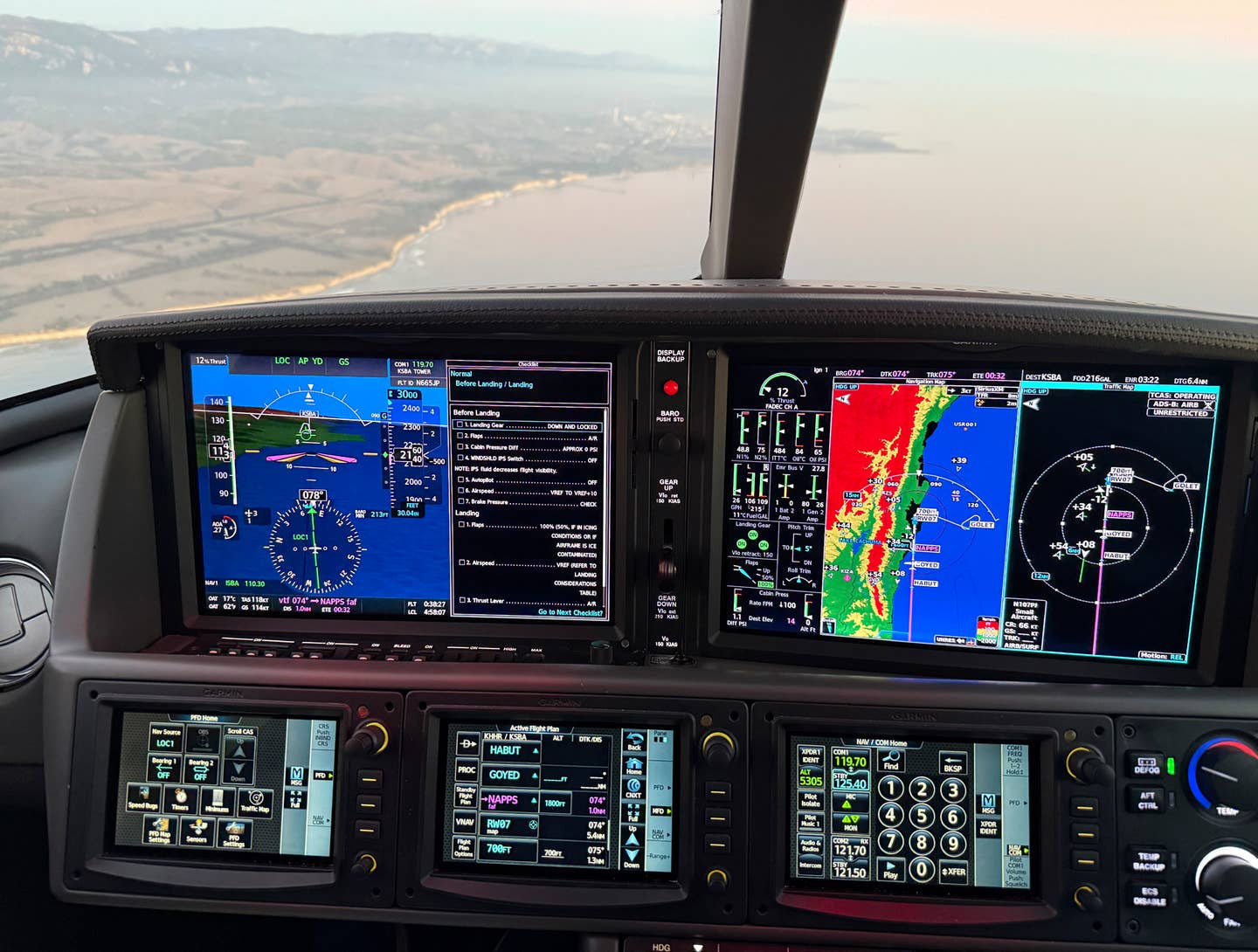
One of the requirements for parking at Wittman Regional Airport during EAA AirVenture Oshkosh (July 26 to Aug. 1) is tying down your airplane, using ropes and tiedown hardware that you bring with you. If you're blessed with hangar space for your airplane the other 51 weeks of the year, maybe it's been awhile since you've had to think about tying it down overnight. There are some key reminders to ensure you secure your pride and joy from the sometimes violent Midwest weather. Even if your plans don't include AirVenture this year, the advice can come in handy on other excursions to back-country strips where you're responsible for securing your own airplane.
The best tiedown hardware is a three-way base that is staked to the ground with three deep prongs at crossing angles (see illustration). EAA recommends against screw-in "doggie ring" tiedowns with the triangle bend tops. Screw-in tiedowns are too easily worked loose from the ground and the upper portion can bend out of shape under stress, releasing the rope.
I have had good success for the past several years with a trio of sturdy green metal garden fence stakes, about four feet long, that I drive about two thirds into the ground at a 30-degree angle. I carry a short-handle heavy mallet that doesn't take up much space, but has the heft to do the job. It's important to ensure the tiedowns are offset enough from the aircraft attach points that the rope cannot ride up the stake and slip off. That means the stakes must be outside the footprint of the airplane. So it's a good idea to cap the tops with old tennis balls to guard against injury — either from spectators scraping shins on the sharp edges of the stakes or tripping over the ropes.
The rope itself is important. UV-resistant synthetic (nylon or rayon) is considered best. Manila rope is vulnerable to mildew over time. Make sure you attach your ropes to the aircraft tiedown rings. Lashing your ropes to a strut overstresses it. And if it's been awhile since you tied an airplane down, revisit how to tie an effective self-locking knot. I learned how to do it decades ago from an avid sailor.
Don't forget to install gust locks and protective covers for pitot tubes and engine inlets if you have them. Wind, rain and blowing dust can also take a toll on your windows, so if you have portable covers, it's a good idea to use them. And even though Oshkosh is the happiest place on Earth for airplane fans, you should still lock up.
EAA also recommends taking a look around at your neighbors' aircraft to ensure they are properly secured. All the best preparation doesn't help if a nearby airplane breaks loose and slams into yours. If you spot another airplane close by that looks vulnerable to a sudden storm, it's not impolite to pass along some of your information. If the owner is not receptive and you sincerely feel threatened, notify one of the EAA line volunteers. They can take the appropriate steps to enforce the tiedown code of best practices. For more information on tiedown wisdom, click here to download an FAA Advisory Circular on the subject.
Call to action: If you have any tips of your own you'd like to share, or have any questions about flying technique you'd like answered, send me a note at enewsletter@flyingmagazine.com. We'd love to hear from you.

Sign-up for newsletters & special offers!
Get the latest FLYING stories & special offers delivered directly to your inbox






